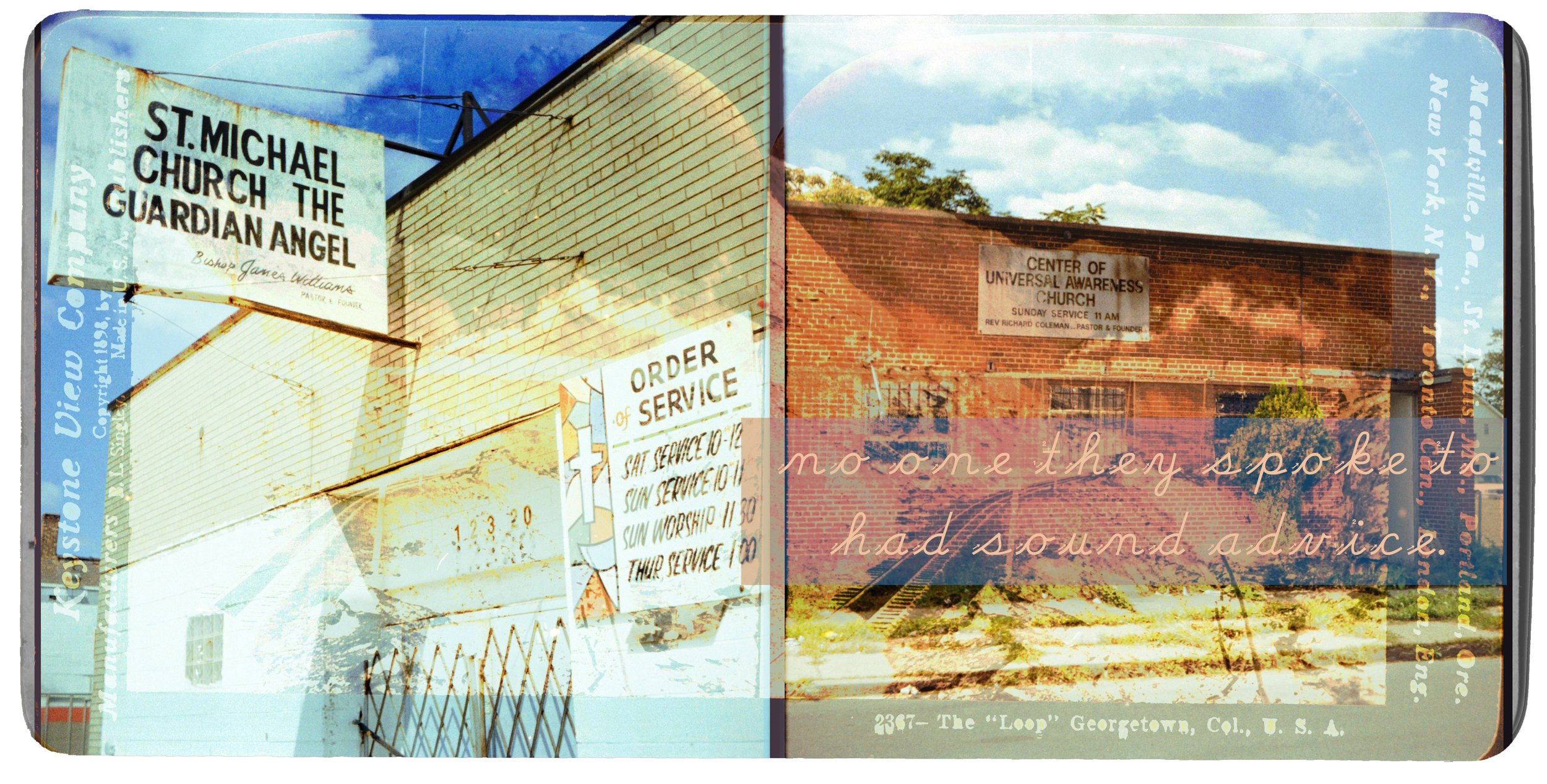stacking
Binocular-vision was theorized first by Englishman Charles Wheatstone in 1832. Wheatstone was for many years Professor of Experimental Philosophy at Kings College, London and his theory used two perspective drawings to create an illusion of depth. He wouldn’t publish these findings with The Royal Society of London until 1838.
The next year photography was born with processes for fixing images announced by Frenchman Louis J. M. Daguerre and Henry William Fox Talbot of Britain, respectively. Wheatstone would later ask Talbot and others to provide photographic images for his “stereoscope” Greek: stereo - solid, scopin - to see.
The popular appeal of stereoscopy, both as a capturing and viewing method began in 1851 with the presentation of a lenticular stereoscope to Queen Victoria at the Universal Exhibition in London. Wheatstone’s invention was perfected by Scottish physicist David Brewster and featured images by French optician Louis Duboscq.
The second populist era took place between the 1890s and 1910s when commercial stereo cameras allowed the amateur to make their own images. Prior to this, professional photographers and companies such as Keystone dominated the entertainment and educational markets.
The third period in the early 1950s coincided with the availability of the Stereo Realist in 1947 and later the Kodak Stereo Camera. Most households at some one point owned a View-Master. It generated wide appeal in the 1940s as an entertainment device for adults. Yet was marketed to children after purchase by toy makers Tyco, GAF, then Mattel - Fisher Price.





